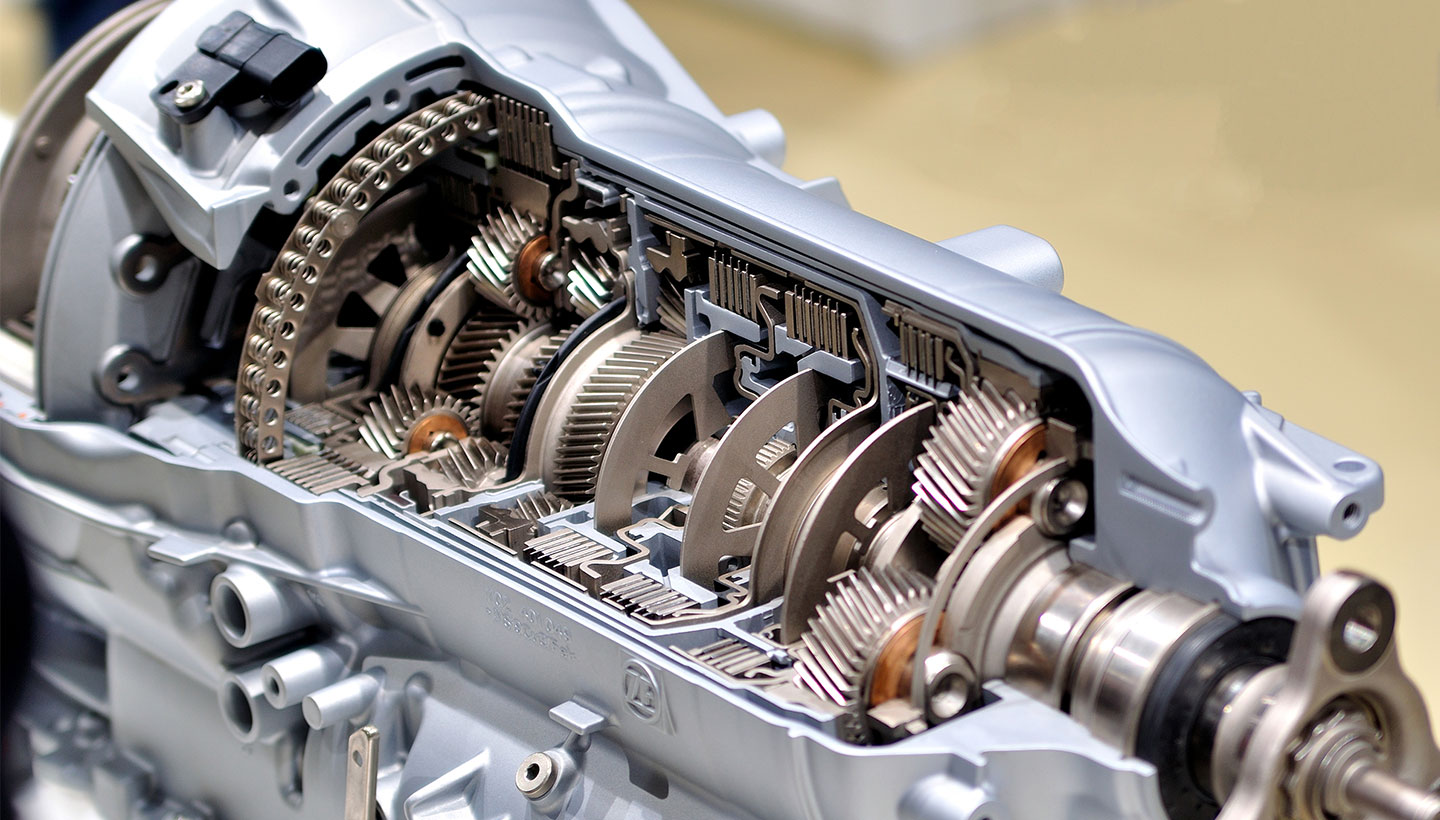Mobile:+86-311-808-126-83
Email:info@ydcastings.com
Affordable Prices for Water Motor Impellers with High Efficiency and Performance for Your Needs
The Price of Water Motor Impellers Factors and Trends
In recent years, the demand for water motor impellers has seen a significant increase due to various factors, including urbanization, agricultural needs, and industrial applications. An impeller is a crucial component of water pumps, responsible for converting rotational energy into hydrodynamic energy, thereby facilitating fluid movement. Understanding the pricing of water motor impellers is essential for businesses and individuals looking to invest in pumping solutions, as it can significantly affect operational costs.
Key Factors Influencing Prices
1. Material Quality The material used in manufacturing impellers plays a pivotal role in pricing. Impellers are typically made from stainless steel, cast iron, or various types of plastics. Stainless steel impellers tend to be the most expensive due to their durability and resistance to corrosion, making them ideal for environments where water quality may vary. Conversely, plastic impellers are more budget-friendly but may not offer the same longevity under harsh conditions.
2. Design Complexity The design and engineering involved in manufacturing impellers can significantly impact their price. High-efficiency or custom-designed impellers are generally more expensive due to the advanced technology and higher production costs associated with their creation. Companies often invest in research and development to produce impellers that maximize flow rate and minimize energy consumption, which can lead to increased initial costs but higher savings over time.
3. Market Demand and Supply Chain Dynamics Like any other product, the price of water motor impellers is subject to market demand and supply chain fluctuations. In times of increased demand, such as during natural disasters or agricultural seasons, prices may rise significantly. Additionally, disruptions in the supply chain, caused by geopolitical factors or pandemics, can also affect availability and pricing.
4. Brand Reputation and Warranty The brand behind the impeller can influence its price. Established manufacturers with a reputation for quality often charge more for their products, justified by rigorous quality control and customer service offerings. Furthermore, warranties and after-sales support can add to the cost but provide peace of mind for buyers.
water motor impeller price

5. Energy Efficiency Ratings With growing awareness around sustainability and energy consumption, many businesses are opting for energy-efficient motors and impellers. These high-efficiency models may come at a premium but can lead to significant cost savings in electricity bills over time. Buyers often factor in these long-term savings when assessing initial purchase costs.
Trends in Pricing
As of 2023, the average price range for water motor impellers varies widely, typically falling between $50 and $500 per unit, depending on the factors mentioned above. However, the market has seen a gradual shift towards higher-priced, energy-efficient models as industries prioritize sustainability. Additionally, the rise in e-commerce has facilitated price competition, allowing consumers to compare costs easily and seek better deals.
Furthermore, advancements in technology have led to the emergence of smart impellers equipped with monitoring systems that provide real-time data on performance and efficiency. While these innovative products are priced at the higher end of the spectrum, they offer substantial benefits in terms of maintenance and operational efficiency.
Conclusion
In summary, the price of water motor impellers is influenced by a combination of material quality, design complexity, market dynamics, brand reputation, and energy efficiency. As demand for efficient water management solutions continues to grow, it is important for consumers and businesses to consider not just the upfront costs but also the long-term benefits and savings associated with their purchase. Understanding these nuances will equip stakeholders to make informed decisions, ultimately leading to more effective and sustainable water management practices.
-
What Makes Stainless Steel Pump Casting Essential for Modern Industries?NewsJul.14,2025
-
Revolutionize Your Engine Maintenance with Premium Aluminum and Cast Iron ComponentsNewsJul.14,2025
-
Precision Flow Engineering Starts with the Right Pump ComponentsNewsJul.14,2025
-
Maximize Efficiency: Explore Reliable Containment and Crop SolutionsNewsJul.14,2025
-
Discover Superior Performance with Advanced Turbo ComponentsNewsJul.14,2025
-
Boost Fluid Dynamics with Precision-Engineered Pump ComponentsNewsJul.14,2025











